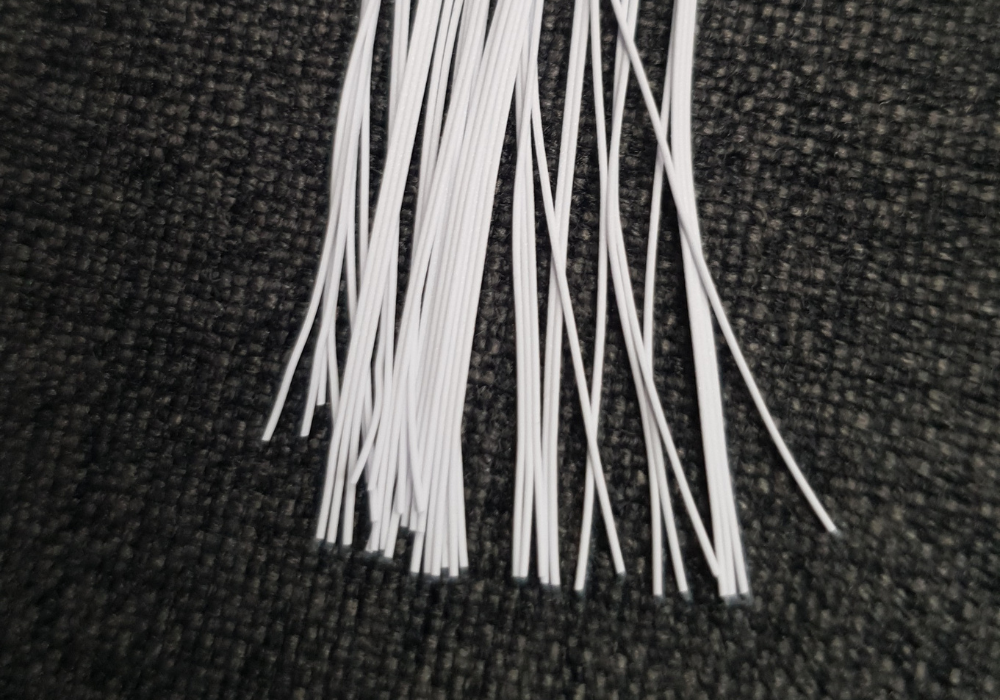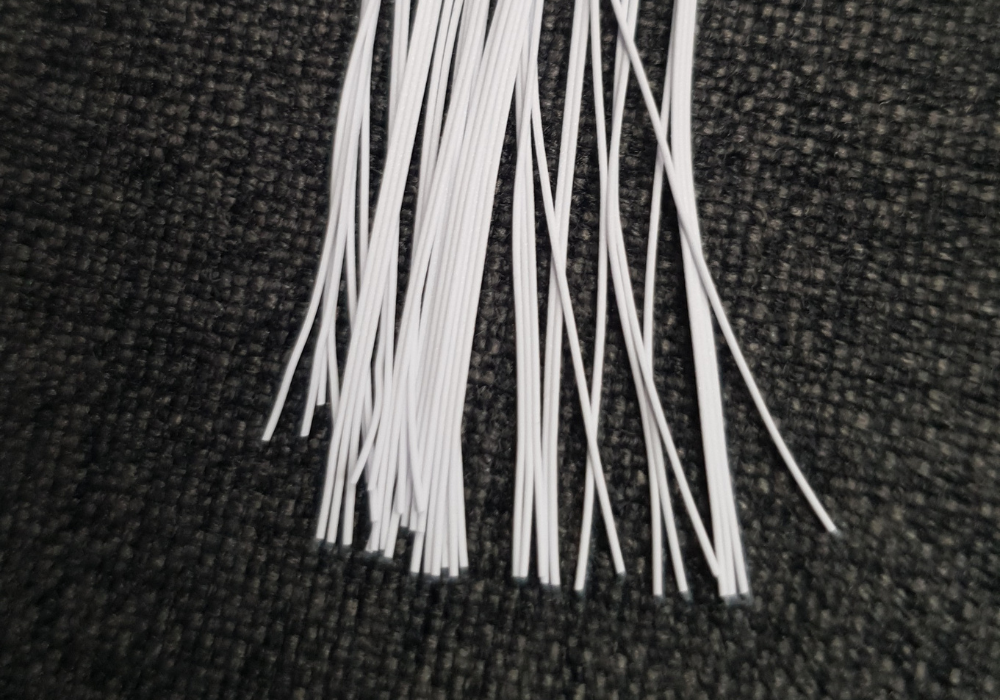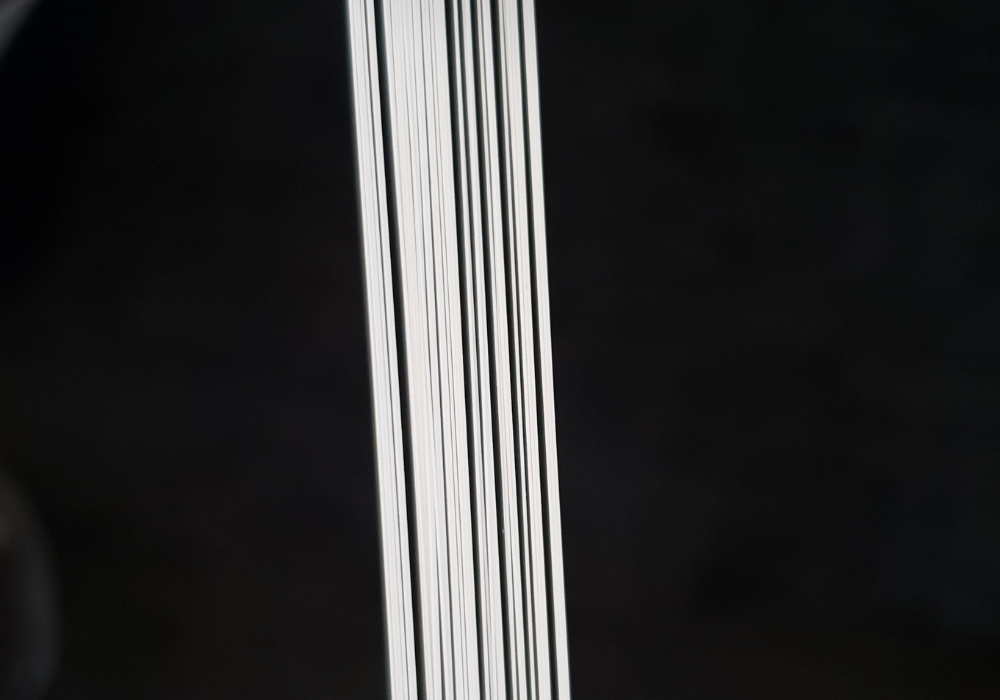Testing Rubber Thread Durability: Does High Thread Count Matter?
 Napan Persada
Napan Persada
When it comes to choosing good quality materials, durability is a must. Durable materials contribute to not only the longevity of the product but also cost efficiency in the long run. When it comes to rubber threads, paying extra attention to their thread count is necessary. Thread count refers to the number of threads that make up per unit of measure. You might not be able to discern thread count with the naked eye, but you can certainly feel its effects.
There are many uses for rubber threads, whether for mass textile production needs or miscellaneous use for bungee jumping or furniture. More often than not, thread count influences the quality of rubber threads and whether or not they are elastic, strong, and/or suitable for certain applications.
But does a high thread count always translate to superior durability and performance? Let’s unravel how far thread count affects durability and performance.

Check out Future of Rubber Thread: Going Green and Upcycling Your Used Threads
Thread Count and Durability
The finer the count, the more likely it is to be of higher quality overall. High-quality rubber offers greater strength and resilience compared to lower-grade materials. It also indicates rigorous quality control from the manufacturer to ensure consistent and durable products. When it comes to durability, fine thread counts may be able to retain its shape for a longer time than other materials. Additionally, finer thread counts might also be able to hold up to friction, especially when used for medical purposes.
But when it comes to tensile strength, the quality of rubber used must be tried and tested. Rubber threads by Omnimax are made from high-quality rubber that is stretched and processed meticulously to create fine-count threads that are highly tensile. This will ensure long-lasting elasticity and comfort for your textile or project needs.

Next Texture & Dimension: Embracing Rubber Thread for Tactile Textiles
Choosing the Right Thread Count
There are three types of thread counts in rubber thread: coarse gauge, medium gauge, and fine gauge. The smaller the thread count (20 - 46 threads), the more likely they are used for heavy-duty applications such as machinery and to protect one from the harsh conditions of industrial plants. Medium gauge (48 - 80 threads) is the most common thread count for textiles, garments, and even elastic bands. They range from 48 - 80 threads per strip and can be found in activewear such as swimsuits and sports bras.
Meanwhile, fine gauge (>80 threads) threads are made for more delicate and intricate use such as medical products or undergarments. Delicate items such as abdomen pads, orthopedic nettings, and baby diapers are among the many that require finer count rubber threads during the production process.
There is no one-size-fits-all answer when it comes to determining the amount of thread count to use for your specific needs. There might be a time when you have to mix finer thread counts with coarser ones to strengthen the overall durability of your garments. So don’t be afraid to experiment with several different thread count combinations.
Also, read Rubber Thread for All: Creative Projects To Do With Your Kids
The bottom line is that thread count offers valuable information regarding the fabrics and elastics that you are using. As course threads are hard but flexible enough to protect you from industrial machinery, finer threads are made for delicate work like the medical field. Ultimately, a combination of high-quality materials, proper manufacturing, and testing tailored to your specific needs ensures the most durable rubber thread for your project.
Find out more about the great uses of fine-count rubber threads by contacting Omnimax by PT Cilatexindo Graha Alam (www.omnimax.id).
Subscribe to my newsletter
Read articles from Napan Persada directly inside your inbox. Subscribe to the newsletter, and don't miss out.
Written by
